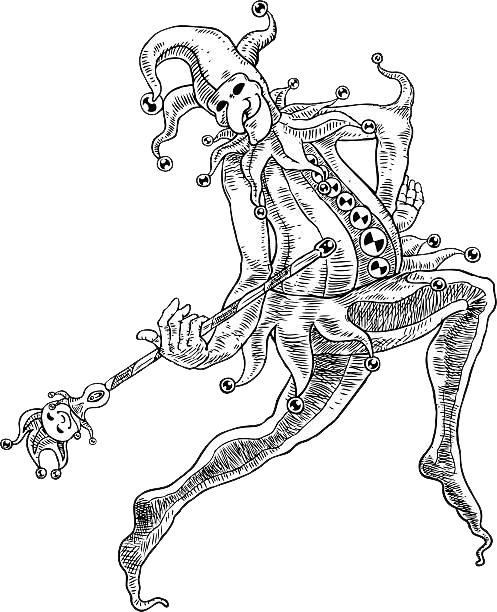2.4
Pattern Recognition, Improvised Learning, & Entanglements

[Bayesian action/perception loop. Image courtesy of
University of Bielefeld’s Department of Cognitive Neuroscience]
︎ Refer to Appendix A6 for ancillary musical, historical, and technical details
“Communication is the interactive computation of a reality.”
— Klaus Krippendorf
— Klaus Krippendorf
The automation of learning after the 1980s began to integrate time as a function hence learning; this movement tends to structure change from premises to results: input to output. Learning is not reasoning. Learning is information ordering beyond just the construction and validation of premises. It seems to be something more like pattern recognition, prediction, and repetition.
Prediction and pattern recognition are the metaphysics of indeterminate causality and are critical to both musical improvisation and machine learning systems. By using call and response techniques, agents within systems create models to predict outcomes based on prior sets of behaviors. For example, when an image is portrayed on Facebook the camera on your device captures biometric responses51 [e.g. subtle perspiration, pupil dilation, aversion of eyes, and facial responses] to infer information about your biological responses to the subject matter on display. This is leveraged as a way to further inform your consumer profile for market research. But, of course, call and response well predates algorithmic marketing — it is a classic technique for improvisation in music that mimics a conversation. The reason that this technique is effective is because this is a natural way of learning; we observe a circumstance, process it, and then reply. After we've gauged how the reply was received we observe and recalculate for another reply. This process happens ad infinitum informing and refactoring our model of reality. This type of (re)calculation is where the repetition of events becomes the basis of predicting and sculpting future behavioral patterns.
The piece of music above uses this technique as a way of having a musical dialogue with a learning machine. Even though I generate the first phrase of music, I engage in a process (through music) where I become entangled in machinic processes. The piece aims to illustrate that these machines aren't just learning from us but are actually changing what we do. In effect, we become inseparable by responding to the prompts of linguistic feedback loops. Attempts to change the subject of the conversation will still refer to previous phrases in the model. This process of improvisation has reached the point-of-no-return where we cannot “unscramble the eggs”. Rather than impotently attempting to bring the duet to a close we need to develop healthy lexical frameworks for humans and machines that will allow us to continue playing together in harmony and tempo. If the tempo shifts to machinic paces (accelerando) or the intonation of the duet begins to become discordant we could end up accompanying the machine. Playing second fiddle to the machine is a rather bleak prospect that can and should be avoided.
How can we avoid the nightmarish symphony where the data center is the maestro of our culture? How can we play with the machines and not for it? As I mentioned in the introduction I think the best way to get our hands on the cultural hyperparameters is algorithmic transparency, co-operative parametric design, developing robust data-as-labor initiatives in conjunction with distributed ownership, decentralized and justifiable AI. I will outline and elaborate on these in chapter three as a cadence for the essay.

[Image courtesy
of Franz Liszt’s Dante’s Symphony where the protagonist, Virgil, descends through the various circles of hell; notated by accelerando poco a poco meaning ‘accelerating little by little‘] 52
51 "Ruling Is a Warning to Companies Collecting Biometric Scans Without Permission" https://www.aclu.org/blog/privacy-technology/surveillance-technologies/ruling-warning-companies-collecting-biometric
52
"Dante’s Symphony - Franz Liszt" http://www.wikiwand.com/en/Dante_Symphony
